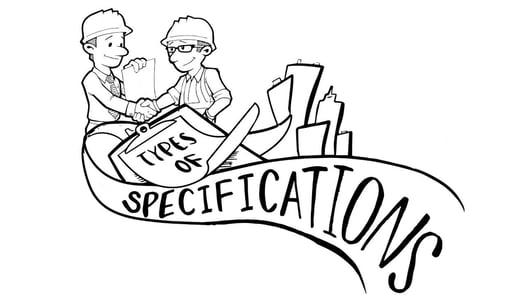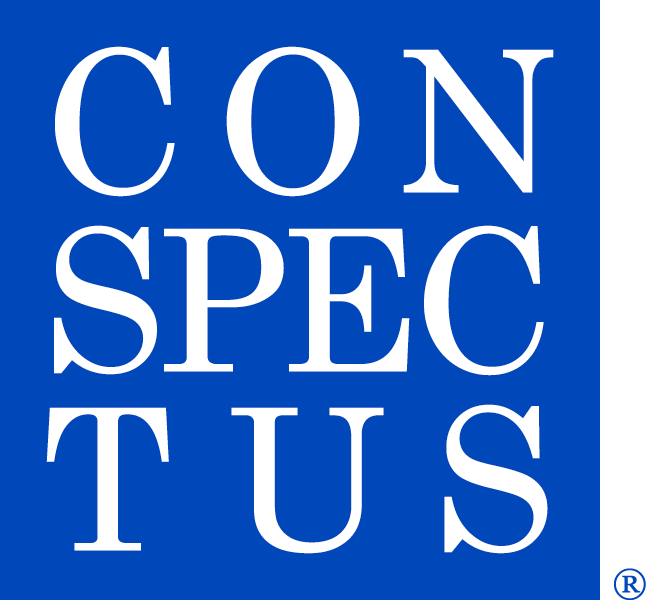There is a push for cross-industry education between subject matter experts (SME) within AECO (architecture, engineering, construction, owner) industry teams. It is no secret that collaboration is the key to success. However sharing expertise on specific areas that can build knowledge across the team, brings another level of understanding and comprehension that supports success. A perfect example is sharing a deeper level of understanding in construction documents with Contractors. It provides a proactive approach to preventing RFPs, change orders, and value engineering.
L. Keeley, a DesignBuild and General Contractor, in St. Louis, MO, had invited Conspectus into their office to take a closer look at written construction documentation from the specifier's perspective and how it can positively influence them as the contractor. As a certified construction specifier and certified construction contract administrator, Steve Gantner is an SME, and he discussed the structure, relationship between documents, and the importance of how specifications affect the members of the construction team. The result: A rich conversation that brought clarity of the documentation process to the contractor and perspective to the specifier on how the depth and breathe of how valuable this cross-education truly is.The goal of the session was to provide the contractors with the ability to:
- Distinguish the different methods of specifying.
- Recognize specific formats and their organizational structure.
- Interpret spec language.
- Differentiate types of specifications.
- Differentiate between General Conditions of the Contract, Division 01 - General Requirements and PART 1 - General, in the specifications.
- Review, understand, coordinate a Project Manual and Contract Documents
- Participate in the decision-making process and influence design.

In addition to these points of education, what he unearthed in the dialog was simultaneously unique, and common.
- Build trust through the documents! How often does the contractor come across specifications that are pulled into their project that were obviously from a completely different project? The ol "cut and paste" job. It ends in frustration for the contractor and owner because the information does not apply to their specific project, and the result is mistrust in the documents. To solve this common challenge, engage a specifier who reads every line of the contract and construction docs and performs quality assurance and quality control as they develop them. It is acceptable to share information from project to project, as long as the QA/QC follows.
- Shake up the process, and turn it on its head! How often is the budget eaten up on the front end by schematic design and design development? Build the documentation through UniFormat before design begins. Discussions between the specifier and the estimator before DD will provide the framework of major systems and assemblies to be decided so that the architect/engineer focus on the beauty of the design.
- Masters Matter! Firm masters, for a DesignBuild firm, have tremendous value. Bring an additive perspective to the written construction documents, by developing standards based on regularly installed products, systems, and assemblies. Add or subtract from it through lessons learned on projects. Maintain control over the quality and scope of your documentation.
- Transparency Transforms! It's ok to work directly with a specifier. When contracting with the architectural/engineering team, don't be afraid to ask about their specifications process. It is perfectly acceptable to contract the specifier and the A/E separately. It will encourage transparency, and will transform the team relationship, the quality of the documentation and the project success!
Schedule your deep dive into the wonderful world of specifications, and see what you may unearth!
